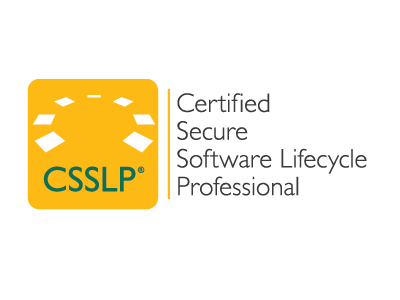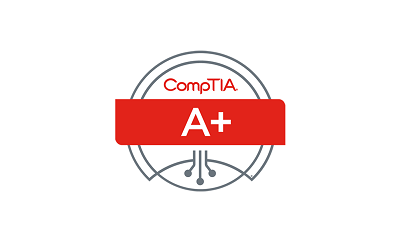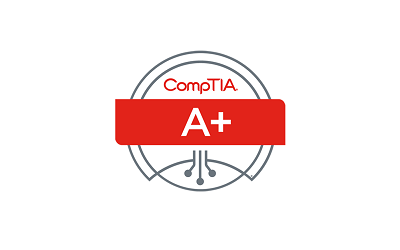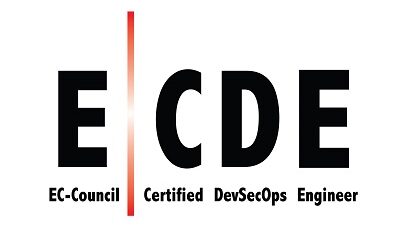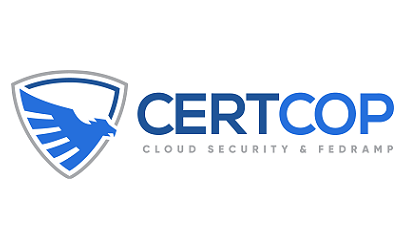Course Description
The Certified Secure Software Lifecycle Professional (CSSLP) validates that software professionals have the expertise to incorporate security practices – authentication, authorization, and auditing – into each phase of the software development lifecycle (SDLC), from software design and implementation to testing and deployment.
The broad spectrum of topics included in the CSSLP Common Body of Knowledge (CBK®) ensures its relevancy across all disciplines in the field of information security. Successful candidates are competent in the following eight domains:
- Secure Software Concepts
- Secure Software Requirements
- Secure Software Architecture and Design
- Secure Software Implementation
- Secure Software Testing
- Secure Software Lifecycle Management
- Secure Software Deployment, Operations, Maintenance
- Secure Software Supply Chain
Program Objectives
After completing this course, the student will be able to:
- Understand and apply fundamental concepts and methods related to the fields of information technology and security
- Align overall organizational operational goals with security functions and implementations
- Understand how to protect assets of the organization as they go through their lifecycle
- Understand the concepts, principles, structures, and standards used to design, implement, monitor, and secure operating systems, equipment, networks, applications, and those controls used to enforce various levels of confidentiality, integrity, and availability
- Implement system security through the application of security design principles and application of appropriate security control mitigations for vulnerabilities present in common information system types and architectures
- Understand the importance of cryptography and the security services it can provide in today’s digital and information age
- Understand the impact of physical security elements on information system security and apply secure design principles to evaluate or recommend appropriate physical security protections
- Understand the elements that comprise communication and network security coupled with a thorough description of how the communication and network systems function
- List the concepts and architecture that define the associated technology and implementation systems and protocols at Open Systems Interconnection (OSI) model layers 1-7
- Identify standard terms for applying physical and logical access controls to environments related to their security practice
- Appraise various access control models to meet business security requirements
- Name primary methods for designing and validating test and audit strategies that support business requirements
- Enhance and optimize an organization’s operational function and capacity by applying and utilizing appropriate security controls and countermeasures
- Recognize risks to an organization’s operational endeavors and assess specific threats, vulnerabilities, and controls
- Understand the System Lifecycle (SLC) and the Software Development Lifecycle (SDLC) and how to apply security to it; identify which security control(s) are appropriate for the development environment, and assess the effectiveness of software security
Prerequisites
- Candidates must have a minimum of four years cumulative, paid, full-time SDLC professional experience in one or more of the eight domains of the CSSLP Common Body of Knowledge (CBK).
- Earning a four-year college degree or regional equivalent will waive one year of the required experience.
- Only a one-year experience exemption is granted for education.
Exam Information
Length of exam – 3 hours
Number of items – 125
Item format – Multiple choice
Passing grade – 700 out of 1000 points
Exam availability – English
Testing center – Pearson VUE Testing Center
- Domains 8
- Syllabus Download
- Quizzes 0
- Duration 40 hours
- Skill level All levels
- Language English
- Students 458
- Certificate No
- Assessments Yes


